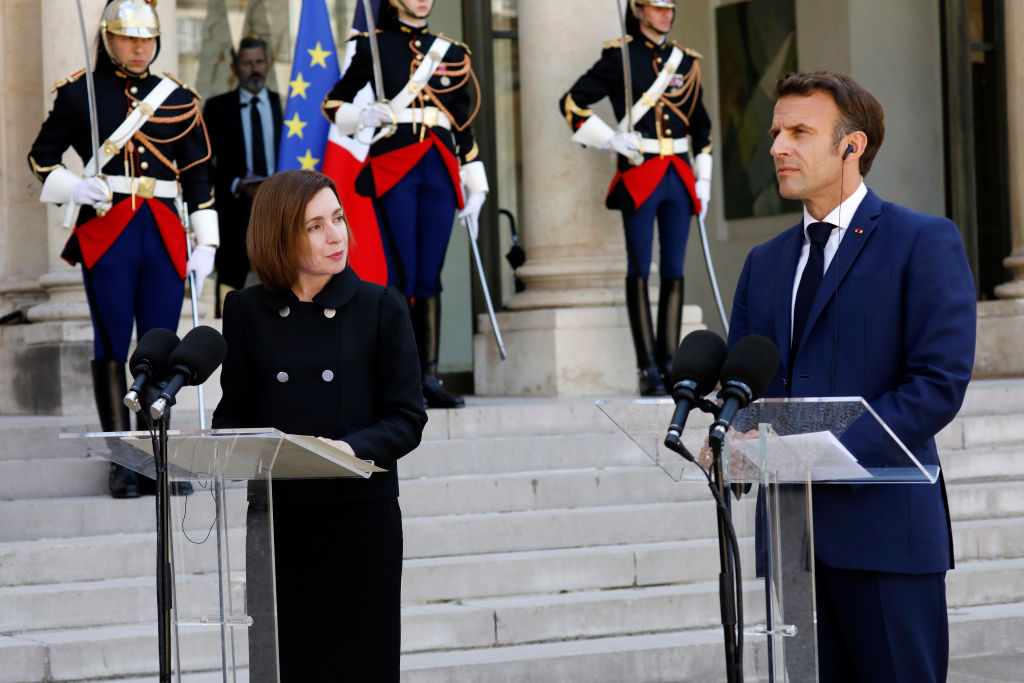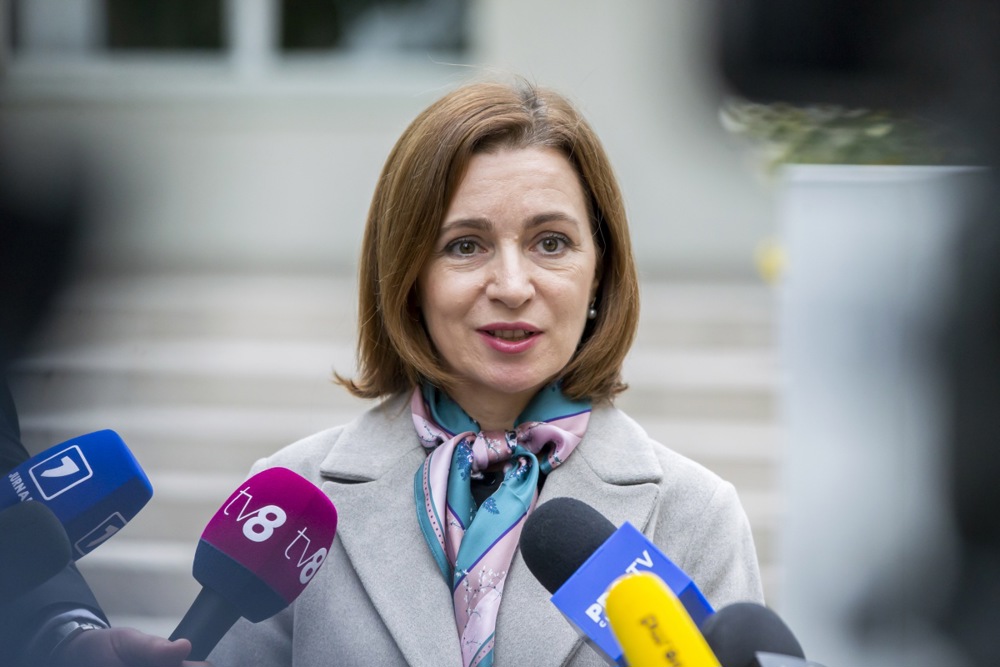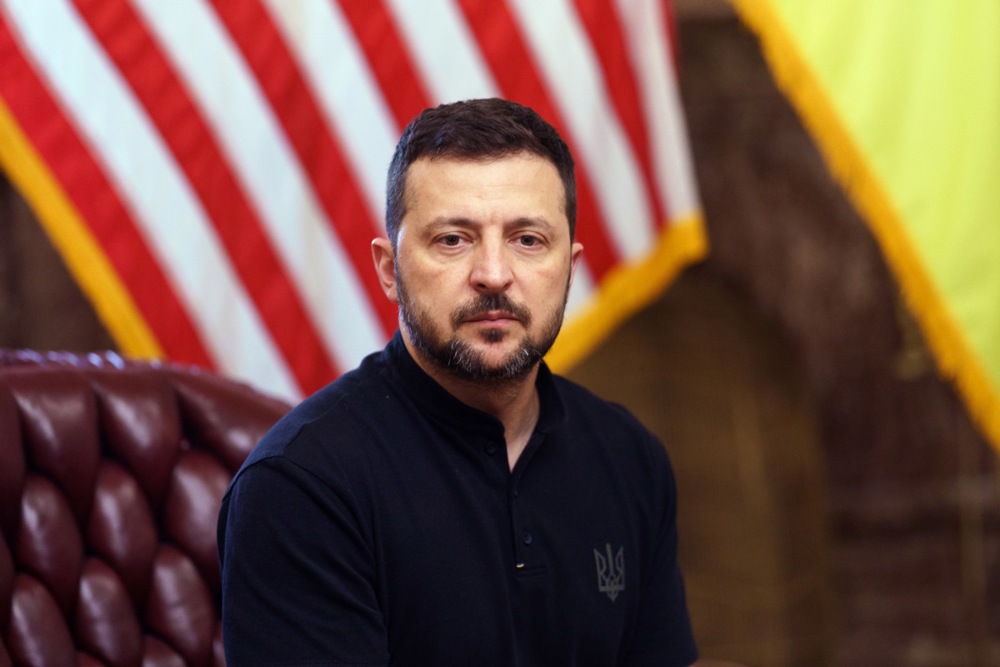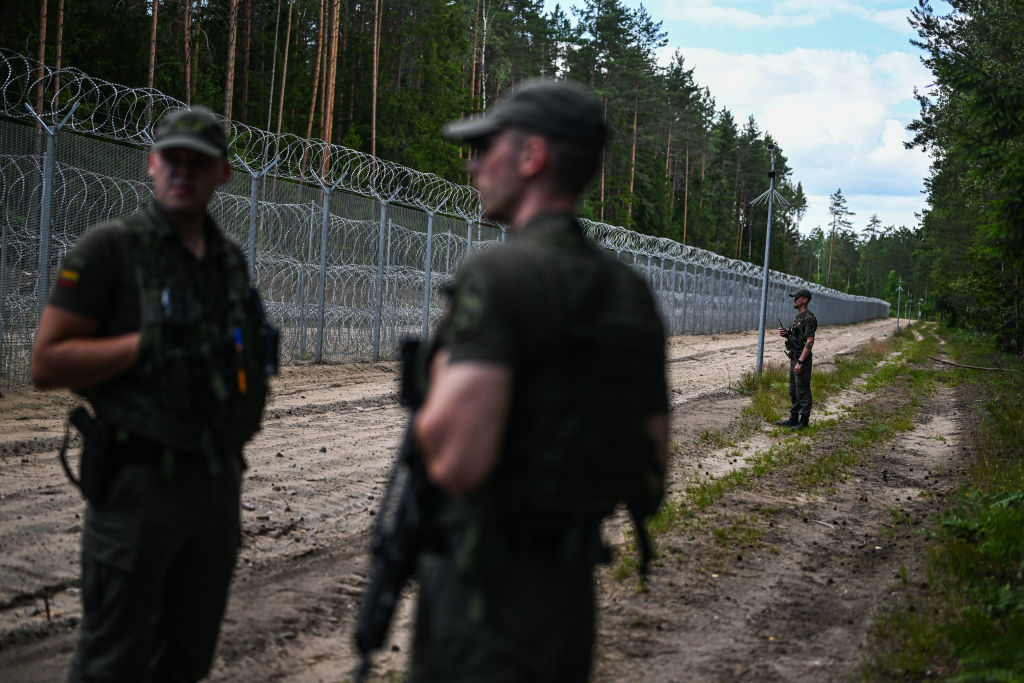Moldova is trying to advance Transnistria’s economic and political reintegration.
On July 29, El País reported Moldova’s plan to regain control of Transnistria had been put forward by President Maia Sandu, who is “determined to lead the country towards EU accession”.
The region is officially known as the Pridnestrovian Moldovan Republic and is a breakaway state of Moldova. It has borders with Romania to the West and Ukraine to the East.
According to the BBC, it is economically, politically and militarily supported by Russia, which had an estimated 1,500 soldiers in Transnistria in May 2023. The international community does not recognise its self-declared statehood, the UK news outlet said, or the de facto government.
The latest Moldovan plan, said to have been inspired by the German reunification model, proposed a series of gradual steps to integrate the separatist territory into Moldova, with a goal of completing that by 2038.
The proposal included a future referendum to decide Transnistria’s political status – it is unknown who would participate in making that decision – and the departure of foreign troops, replacing them with an international mission to ensure regional stability.
The plan’s first steps have been scheduled for later this year with the implementation of reforms to the judicial system and a “political status agreement”.
Any transition would also involve significant reforms, including the replacement of the subsidised gas supply with that to be set at market prices, which could lead to an economic crisis in the region.
The initial reintegration costs are estimated by experts at more than €550 million and total expenditure is expected to reach €3.6 billion over the next few years.

The Moldovan Government has recognised that the task is daunting and that co-operation with Western partners such as the EU, the UK and US will be crucial to fund this effort.
Several border conflicts following the end of the USSR between 1989 and 1991 have been reignited.
Transnistria has a complex relationship with Russia since its self-proclamation of independence in 1990. Although it calls itself the pro-Russian, it has not been officially recognised Moscow.
It is believed to have an arsenal of more than 20,000 tons of Soviet weaponry plus 500 troops alongside the 1,500 of the Russian Operational Group of Troops (GOTR).
The situation in the breakaway state has become a microcosm of the war in Ukraine, representing a hotspot that could have wider consequences for Europe.
Some fear tensions in Transnistria could serve as a catalyst for further Russian intervention in the region or an expansion of the conflict into Eastern Europe.
Hungarian PM Viktor Orbán has published a memo he wrote for European Union leaders in which he warns of an imminent escalation of the Ukraine war. https://t.co/5AVMCCs9Jx
— Brussels Signal (@brusselssignal) July 19, 2024





